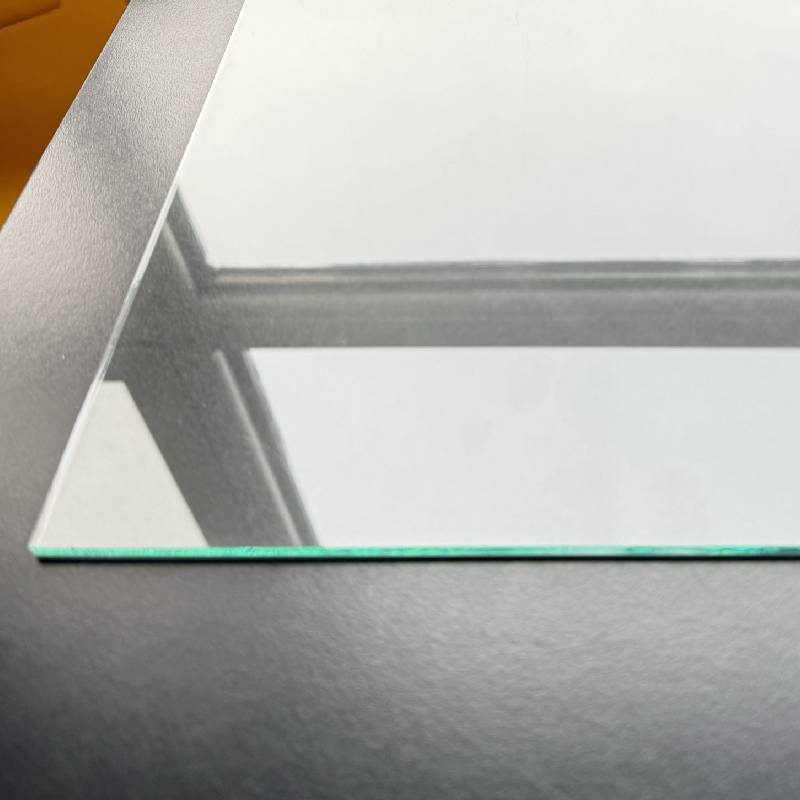

The Aesthetic and Functional Appeal of Gray Tinted Glass
In recent years, the use of gray tinted glass has surged in popularity across various architectural and design spaces. This innovative material combines aesthetic beauty with functional advantages, making it a favorite choice for modern buildings, homes, and even automotive designs. Its unique properties not only enhance the visual appeal of structures but also provide practical benefits that cater to the needs of contemporary living.
Gray tinted glass is primarily known for its sleek and sophisticated appearance. The subtle hue offers a modern touch that complements a wide range of architectural styles, from minimalist designs to luxurious estates. Its neutral tone makes it versatile, allowing it to merge seamlessly with various color schemes and materials. Whether used for large panoramic windows, glass facades, or decorative partitions, gray tinted glass adds an element of elegance that elevates the overall design aesthetic.
One of the most significant advantages of gray tinted glass is its ability to control light. The tint reduces glare by filtering out excess sunlight, creating a softer, more pleasant interior environment. This is particularly beneficial in spaces where natural light is abundant, such as offices, conference rooms, and living areas. By minimizing glare, gray tinted glass makes it easier for occupants to work or relax without the distraction of intense sunlight. This quality not only contributes to comfort but can also boost productivity—a crucial factor in many professional settings.
Additionally, gray tinted glass offers excellent thermal regulation
. By reflecting a substantial amount of solar energy, it helps maintain a consistent indoor temperature, reducing reliance on HVAC systems. In climate zones with high temperatures, this can lead to significant energy savings, making buildings more eco-friendly and cost-effective to operate. The reduction in energy consumption is not only beneficial for the environment but also aligns with the growing trend of sustainable design in architecture.
Privacy is another critical aspect where gray tinted glass excels. Its opacity offers a level of seclusion without sacrificing natural light. This feature makes it a popular choice for residential applications, such as bathroom windows or areas where occupants desire a bit more privacy without the need for curtains or blinds. The aesthetic beauty of the tinted glass ensures that homes remain visually appealing while providing the necessary seclusion from the outside world.
Furthermore, gray tinted glass is highly durable and resistant to weather elements, making it an ideal choice for outdoor applications. Its strength and resilience mean that it can withstand harsh conditions while maintaining its appearance and functionality. This durability ensures that buildings last longer and require less maintenance over time, an attractive proposition for both contractors and homeowners.
Safety is another consideration that makes gray tinted glass a prudent choice for many applications. With advancements in glass technology, tinted glass can be manufactured to be impact-resistant, providing an extra layer of protection against accidental breakage or extreme weather events. This quality is essential for both residential and commercial properties, where the safety of occupants is paramount.
In the realm of automotive design, gray tinted glass has also found its niche. Car manufacturers use tinted glass to enhance the aesthetics of vehicles while providing passengers with comfort and privacy. The reduction of heat and glare during travel improves the overall driving experience, making gray tinted windows a standard feature in many modern cars.
In conclusion, gray tinted glass is more than just an aesthetic choice; it is a multifaceted material that provides numerous benefits in architectural and design applications. From enhancing visual appeal to improving energy efficiency and privacy, the advantages of gray tinted glass make it a preferred option for architects and homeowners alike. As trends in design continue to evolve, the demand for such innovative materials will likely increase, solidifying gray tinted glass’s place in the future of modern architecture. Embracing this stylish yet practical solution will not only improve the quality of our living spaces but also contribute to a more sustainable and aesthetically pleasing environment.